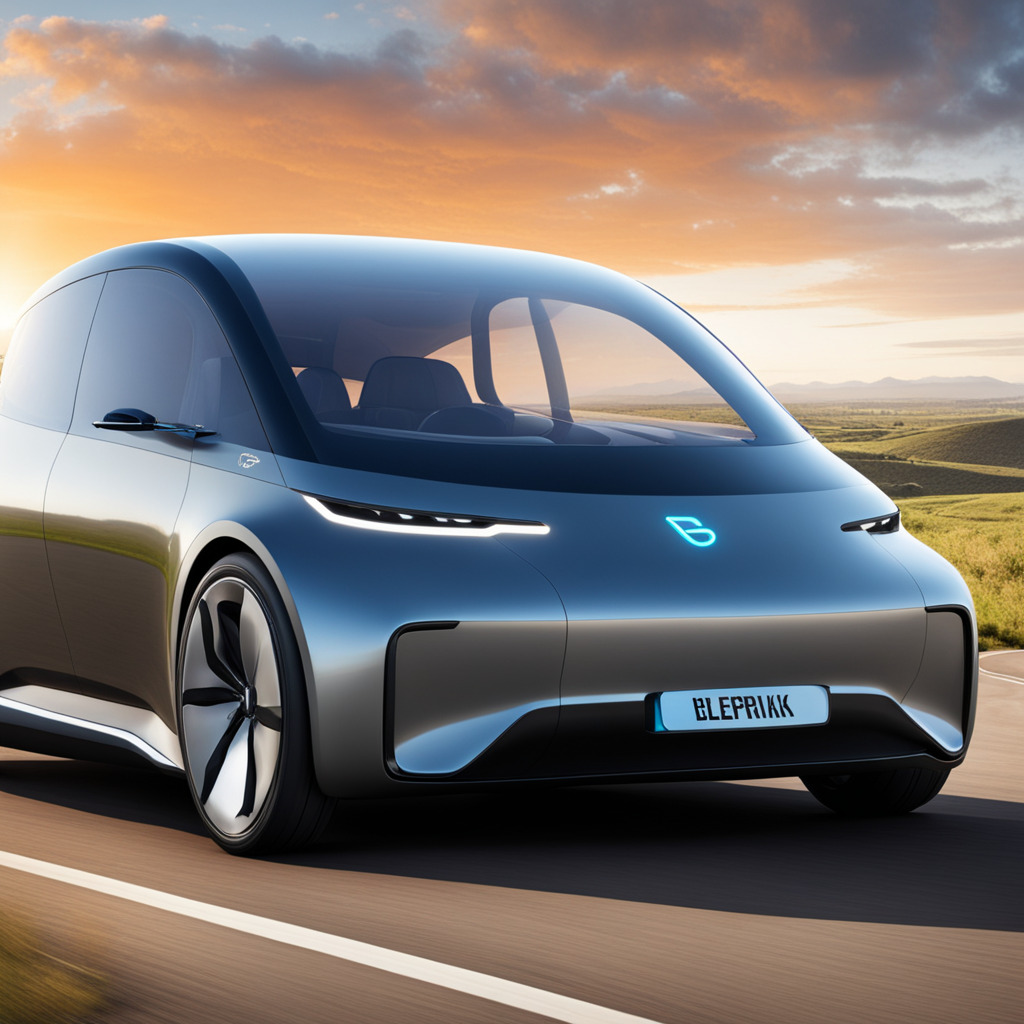Designers may be feeling nervous about the advent of artificially intelligent tools that claim to be able to design a product from concept through to reality. The thought of a car being entirely designed and created by machine conjures up images of factories operating busily but totally devoid of human life. But the AI tools need feeding, and while they may be able to create some beautiful imagery and save time on testing concepts, they will never surpass the true creativity of someone with inherent skill.
Robotics and machine learning are already widely applied to the manufacturing process, leading to increased efficiency and precision on the production line. Now, algorithms can generate and optimise design based on specified criteria and constraints. There is huge capacity to produce both innovative and efficient car designs, quickly putting together many possible combinations, far faster than a human brain and a CAD programme.
But to design a real, driveable vehicle from scratch, you need far more than this.
At the heart of great design is an understanding of the requirements of the customer. A product solves a problem or addresses a need, and vehicles have been designed with increasing complexity over the years to be more comfortable, more convenient and safer. Humans understand user experiences, preferences and ergonomic needs better than AI. Car interiors, interfaces and overall designs will benefit from the human experience in the real environment. Yes, AI can assist in creating personalised or customisable car designs based on individual preferences and needs, but those preferences first need to be fed into the system.
AI lacks the depth of human creativity, particularly when it comes to the cultural and emotional aspects of car design. Humans have the unique ability to blend both aesthetically pleasing and culturally relevant designs with their immense sense of technical and artistic understanding. At the present time, artificial intelligence cannot create something new and original. It can only follow the instructions and processes pre-programmed into its database. Humans can innovate beyond predefined algorithms, infusing cars with emotional appeal and creating a connection between the driver and the vehicle. Emotional aspects are essential in automotive design and are better understood and addressed by human designers.
Where AI has already proved itself in passenger cars and beyond is in relation to interactive features within the car such as touchscreens, voice recognition systems and driver assistance technologies. Also, when it comes to the selection of suitable materials for different components of a car, it can help to consider factors such as weight, strength and cost.
AI can also be applied to elements of design for performance such as aerodynamics, crash testing, and fuel efficiency, enabling designers to test and refine their designs virtually without having to create expensive physical prototypes.
It is important to note that while AI can be a valuable tool in the design process, human expertise and creativity remain crucial. The collaboration between AI systems and human designers can result in more innovative, efficient and safer car designs. Ethical considerations and safety standards must also be considered throughout the design process.
Car design involves a blend of creativity, intuition and practical considerations, making human involvement crucial. While AI has a role to play, there are good reasons why humans should lead the car design process
Continuous adaptation to technological advancements and evolving consumer preferences is part of the landscape of vehicle design. While AI can certainly assist in certain aspects of the process, the unique qualities of human creativity, cultural understanding and emotional intelligence remain pivotal in crafting successful car designs that resonate with their drivers.
Designers have nothing to fear. Their roles, like many others, are being enhanced by, rather than replaced by, the advances in technology.
We’ve been having a bit of fun in the Ennis & Co office, asking AI tool Playground to create some images to use alongside this blog. The image above the blog was generated by Playground AI, with the prompt: ‘Design a concept electric car for the UK roads’.






